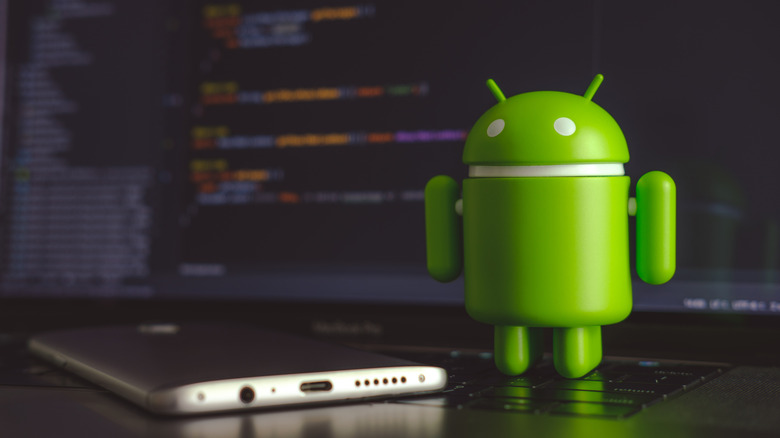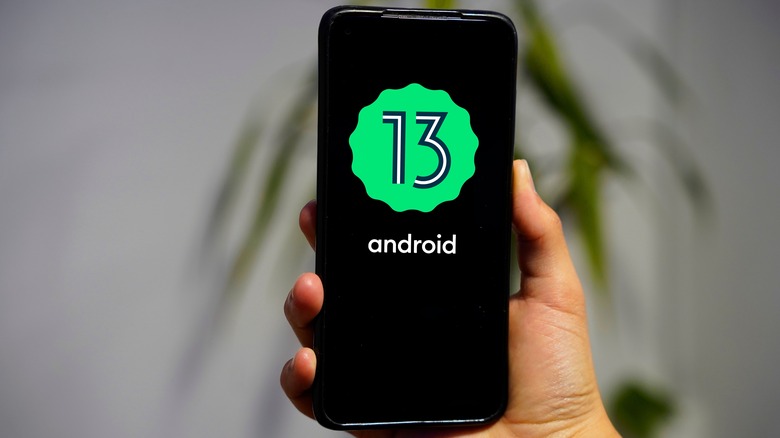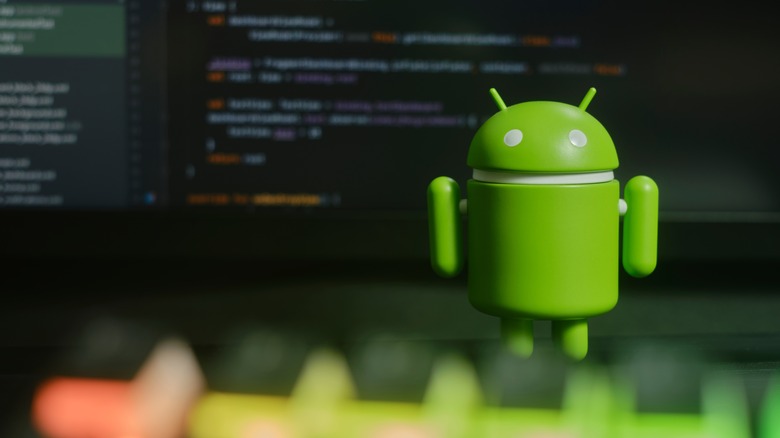Android Studio Explained: What It Is And How To Get Started
The modern smartphone is a powerful little tool. But what makes it different from mobile phones of yesteryear is the capability to install third-party apps, letting users truly explore the machine's true potential. The ability to install apps has led to the creation of the global mobile application industry — valued at nearly 206 billion as of 2022. Given that a vast majority of smartphones sold today are Android devices, becoming an Android app developer could be a rewarding career choice for many.
While there are many articles and tutorials that explain how a novice app developer can build a career in the space, someone who is just starting out is often bereft of basic information about the Android app development space. Should you be interested in exploring the topic further, we will also help you with resources that will help you learn more about the app development space and Android Studio in particular.
What is Android Studio?
Google describes Android Studio as the official integrated development environment (IDE) for developing Android apps. In simpler terms, this is Google's official program that app developers can use to create new apps. First introduced in 2014, Android Studio is equipped with several features that streamline the overall app development process. Besides helping developers create an initial frame of the app, Android Studio's comprehensive set of tools lets them test and debug the app before the final version is released to consumers.
Among the features that Android Studio provides you'll find an environment for editing the code (called the code editor), a visual layout editor (which lets developers drag specific components onto the screen to make visual changes, a debugger (a program that assists developers in detecting and correcting errors), and a profiler (which lets developers identify performance issues with their apps, without making changes to the code). In addition to these, Android Studio also lets users easily access code templates and also comes with easy access to GitHub — a popular hosting service for software and app development.
It is interesting to note that Android Studio is not the only IDE available for Android app developers. It has to compete with a host of other platforms — some of which provide specialized tools for developing specific app types. Some of the popular Android Studio alternatives include Flutter, AIDE, Vysor, Zoho Creator, and IntelliJ.
Before getting started with Android Studio
Of course, becoming an app developer isn't as simple as downloading Android Studio and start building your apps. The use of this piece of software requires users to have a basic understanding of programming languages like Java and XML, among others. Without knowledge of coding languages, users will be restricted to making rudimentary apps without advanced capabilities. It is essential, therefore, to have at least a working knowledge of these languages before setting out to become an app developer.
However, if you're someone who does not have any prior experience with coding languages, you can still begin your journey as an app developer using many of the free courses available online. In fact, Google itself offers free courses for beginners that not only teach prospective app developers the basics of programming but also help them with a high-level overview of building apps using the latest Android Development techniques.
Android Basics with Compose is one such free training module that is designed to teach people the basics of building Android apps. This module introduces the Kotlin programming language — a popular, Google-recommended language for creating Android apps.
Downloading and installing Android Studio
Once you have learned the basics of Android app development, the next logical step is downloading and installing Android Studio on your computer. Android Studio is available for Windows, MacOS, Linux, and ChromeOS, and the tool has different system requirements for each of these platforms.
For computers running Windows, Google recommends users be running the latest possible version of Windows, at least 8 GB of RAM, a relatively modern X86 processor, at least 8 GB of storage space, and a minimum screen resolution of 1280 x 800 pixels. Mac users should be running at least MacOS 10.14 (Mojave) on a system with at least 8 GB RAM. Apple's latest M series chips and older Intel chips are supported. If you're a Linux user, Android Studio requires you to be using any 64-bit Linux Distro that supports Gnome, KDE, or Unity desktop environments. The system will need to have at least 8 GB of RAM and should use a relatively new Intel or AMD chip.
Once you have ensured system compatibility, you can download the latest version of Android Studio and follow the steps mentioned here for installation. The Android Developer's website has detailed instructions for every possible question and issue that one may encounter during the installation and usage of Android Studio. For anyone interested in becoming an Android Developer, reading these detailed instructions alone could prove to be a great stepping stone into the world of Android app development.



